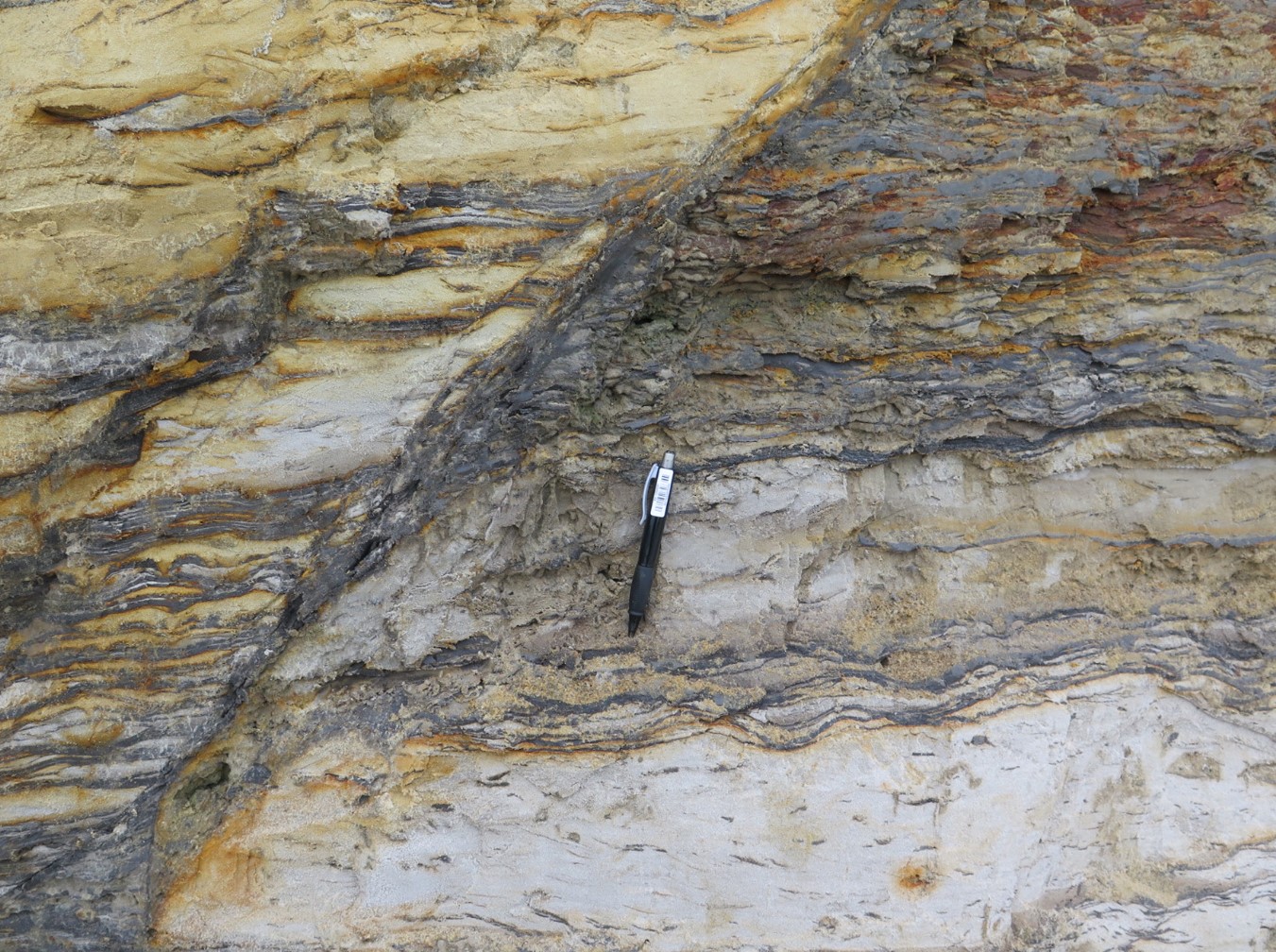Webinar: Fault Compartments

Fault-Borholm
The Force Structural Network Group invites you to a two day webinar for learning and sharing knowledge, methodologies and case histories on fault seal and fault compartments from exploration to late life production.
| Date | Time | Duration | Register by | Location |
| 14-15 April | 13-17 | 2 Days | 12.04.21 | Teams |
| Force Fault compartments: Day 1, April 14'th 2021 | Speaker | |
| 1300-1310 | Welcome and introduction | Turid Anita Knudsen & Michiel Van Noorden |
| 1310-1400 | Keynote presentation : Fault displacement partitioning in natural normal faults and in reservoir modelling | Tom Manzocchi, Fault Analysis Group and iCRAG, University College Dublin |
| Fault geometries, densities, and compartments | ||
| 1405-1425 | Low- versus high-resolution assessment of reservoir compartmentalization in the Wisting field, Norwegian Barents Sea | Orlando Butar, University of Stavanger |
| 10 min break | ||
| 1440-1500 | A new method for addressing fault compartmentalisation uncertainty using probabilistic/stochastic linear regression analysis from raw fault interpretations and accompanying throw point data | Dan Hemingway, Petrotechnical Data Systems Group |
| 1505-1525 | Fault compartmentalization in carbonate reservoirs | Quentin Fisher, University of Leeds |
| Fault compartment case histories from oil and gas production | ||
| 1530- 1550 | Case study: Goliat Field fault seal and sand juxtaposition analysis | Mette Søndergaard, Vår Energi |
| 10 min break | ||
| 1605-1625 | Reservoir compartmentalization in the Iris discovery, Norwegian Sea | Samantha Taggart, OMV |
| 1630-1650 | Modeled fault sealing at the Njord Field: dependence on shale model, and consistency with subsurface observations | Philip Müller, University of Bergen |
| Force Fault compartments: Day 2, April 15'th 2021 | Speaker | |
| 1300-1310 | Welcome and introduction | Stine Hemnes Sletten & Signe Ottesen |
| Calibration of fault seal predictions | ||
| 1310-1330 | Stochastic Fault Seal and Compartment Analysis | Titus A. Murray, Southern Highlands Structural Geology |
| 1335-1355 | Are current Fault Seal Calibrations suitable for estimating CO2 column heights? | Peter Bretan, Badleys |
| 10 min break | ||
| Fault seal and leakage in CO2 storage | ||
| 1410-1430 | On the Long-Term Integrity of Structural Traps in CO2 Storage Sites | Raoof Gholami, University of Stavanger |
| 1435-1455 | What Does it Mean for your Faults to Seal: Considerations in Carbon Storage | Russel, Davies, Schlumberger |
| 1500-1520 | Top and lateral seals for CO2 storage in Jurassic saline aquifers of the Horda Platform | J.L.Osmond, University of Oslo |
| 10 min break | ||
| 1535- 1555 | Scaling up CO2 storage on the Horda Platform: recent insights from the fault seal perspective | Long Wu, Equinor |
| 1600-1620 | Evaluation of fault seal for Co2 injection in the Norwegian Northern Lights CCS project. | Signe Ottesen, Equinor |
| 1625-1645 | Discussion and wrap up | Signe Ottesen & Michiel Van Noorden |
Summary
Understanding the subsurface and placing exploration and production targets optimally remains of upmost importance in the current economic markets.
Faults play an important role in the definition of traps, often compartmentalizing simple structures into more complex ones. Faults can influence migration into, leakage out of and sealing hydrocarbons inside compartments over geological and production time scales. During the webinar afternoons, we explore the following topics to strengthen our understanding:
- Fault compartment case histories from oil and gas production
- Fault seal and leakage in CO2 storage
- Calibration of fault seal predictions
- Fault geometries, densities, and compartments
- Fault geometries and compartments from outcrop and seismic
The Force Structural Network Group invites you to this webinar for learning and sharing knowledge, methodologies and case histories on fault seal and fault compartments from exploration to late life production on any of the topics above.
How a webinar works
You register as usual through the registration button above. Once you are registered you will get an invitation via email to join this webinar.
FORCE uses Teams Video for this webinar, and has proven to work successfully.
We recomment that everyone joining turn off their camera and microphone when joining.
If you have any questions you can use the chat or wait until the end of the talk.
FORCE seminars have previously been fully booked with waiting lists so you are encouraged to sign up as soon as you know you will attend.
Participation fees:
FORCE members: Free
Non-members: NOK 750,-
University/student: Free
Important information:
You can register as a FORCE member and pay "FORCE member" price if you are an employee of a member company.
All FORCE member companies are listed here.
Payment is made online by credit card. Please note that no refunds will be given after you have signed up.
If you for any reason can not attend the workshop, you are welcome to send a representative, just inform Linn Smerud as soon as there are changes.
If you have any questions please contact Linn Smerud at the FORCE secretariat.

Updated: 19/04/2021
